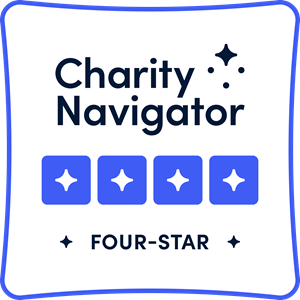A new model for impact giving
The evolution of philanthropy – with its continued embracement of metrics, outcome measurements and impact, and data – has also seen a growing emphasis on developing new ways to engage donors. Philanthropic organizations, especially those in intermediary roles, are redefining their relationships with donors. Many of them recognize the growing number of active and engaged donors who want to do more than just write a check; they are looking for opportunities to make an impact in a more dimensional way and want more intensive engagement opportunities. To meet that need, some organizations are providing donors with more guidance and resources to make better informed charitable giving decisions, or even offering opportunities to engage in impact investing.
This trend has made its way into the federation system. Per the Jewish Federations of North America, the federation system represents 157 Jewish federations and 400 network communities, and raises and distributes more than $3 billion annually for social welfare, social services and educational needs. That places it “collectively among the top 10 charities on the continent.” Given its immense scope, there is tremendous potential to provide a wider vision of how to generate impact, and model the ability to evolve, adapt, and support new opportunities.
The Jewish Community Federation of San Francisco, the Peninsula, Marin and Sonoma Counties (JCF) has developed a new approach to provide donors with the level of engagement many of them seek, and at the same time, support local innovations. This new approach just entered its public stage and will serve as a learning model for the federation system. Based on the concepts of venture philanthropy and giving circles, the JCF designed a new $1M initiative to fund innovative local approaches engaging adults between 21 and 45 years in Jewish life. Through this initiative, the JCF aims to identify high performing nonprofits with high potential ideas that can significantly impact the local Jewish community.
The work on this new model began in the summer of 2010 and formally launched in the fall when the JCF convened a group of 30 younger donors and lay leaders to serve as the grantmaking body for the initiative. Together, the group learned more about the subject area for the initiative from other funders, refined the funding priorities, and designed the parameters for the proposal guidelines. On January 28, it will post its Request for Proposals and guidelines on its website.
Under this model, the group of donors has adopted an engaged grantmaking approach that taps into lessons learned from social venture philanthropy. The donors will continue to be engaged through a more intensive due diligence process coupled with shorter timelines to gather information. The grants will be determined through consensus decision-making with staff input. And in some instances, members of the donor group will continue to work directly with the grantees over the course of the three-year initiative. The initiative represents a new model for the JCF and the federation system as a whole. While four other federations have attempted venture philanthropy style approaches, they have met with modest success. And unlike those earlier efforts, which were very much dependent on generating the funds to distribute from the participating donors as in traditional giving circle models, the JCF’s Endowment Fund intentionally provided the $1M in seed funding for its donor group to grant out. This approach reflects and supports the JCF’s commitment to supporting innovative ideas in the local community while also providing increased opportunities for donors to engage in proactive, outcome-focused grantmaking. Ultimately, the true impact of the new model won’t be known for several years. However, the JCF’s multi-faceted goals of supporting local innovation, generating greater impact within the community, and providing donors with more meaningful opportunities to engage in philanthropic efforts through this new model will undoubtedly provide compelling lessons to the federation system at large and other philanthropic intermediary organizations. Adin C. Miller serves as Director of Community Impact and writes about philanthropy on his personal blog Working In White Space. You can also follow him on Twitter.Learn how to apply for an Impact Grant. Visit www.jewishfed.org/grants/igi
Categories: Endowment


